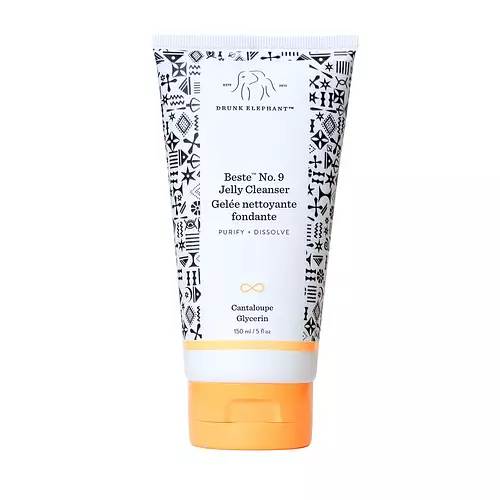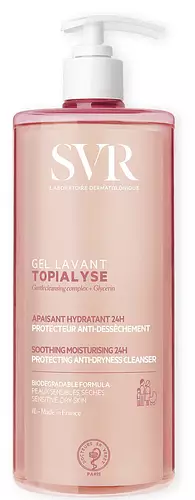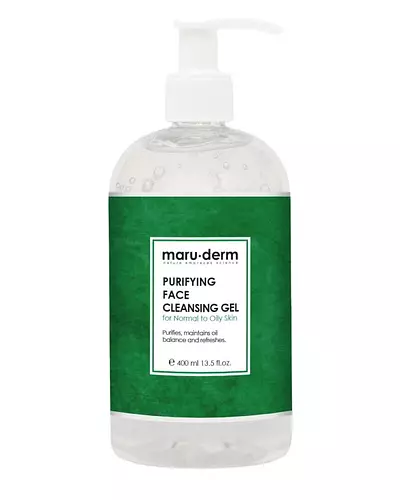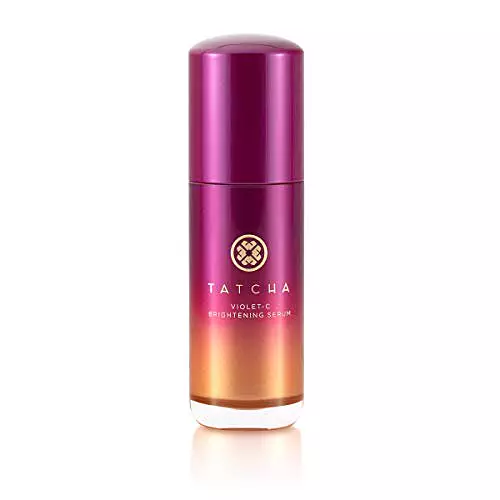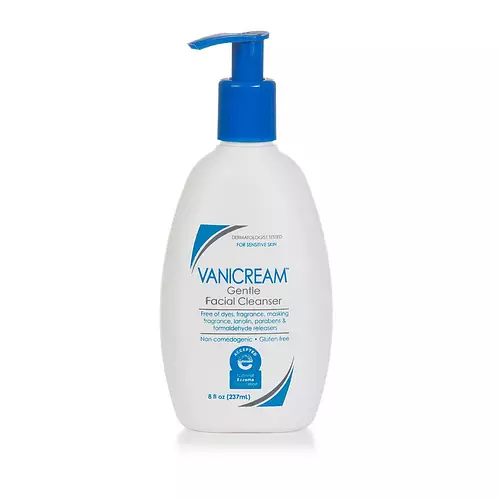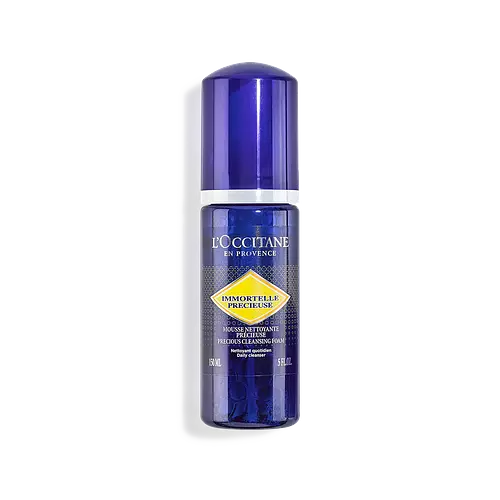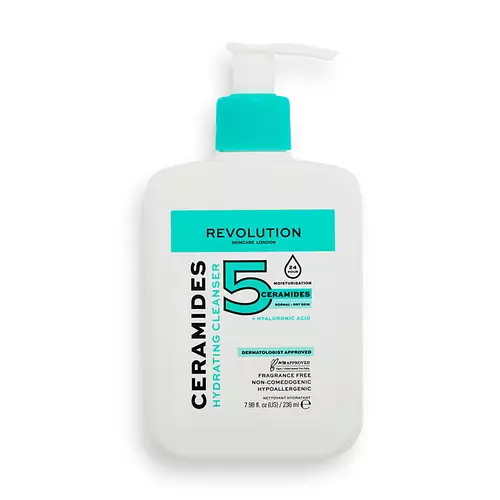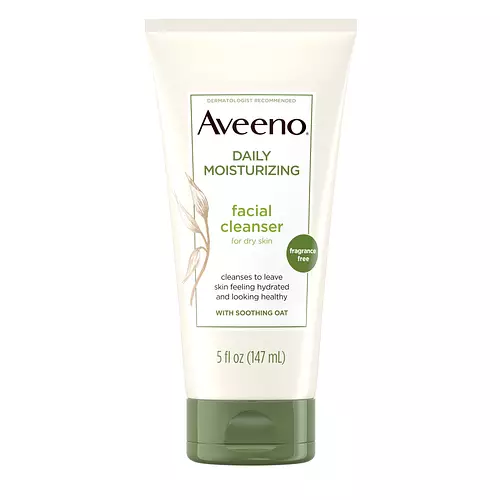Updated on August 02, 2023
Overview
What they are
These products are both face cleansers. They have a total of 5 ingredients in common
Suited For
They're both likely to be good for anti aging, dry skin, brightening skin, sensitive skin and dark spots
Free From
They both do not contain any harsh alcohols, common allergens, silicones or sulfates
We independently verify ingredients, and our claims are backed by peer-reviewed research. Spot a product that needs an update? Let us know.
Ingredient Info
CeraVe Foaming Facial Cleanser 24 ingredients
Drunk Elephant Beste™ No. 9 Jelly Cleanser 23 ingredients
At a glance
Click on any of the items below to learn more
CeraVe Foaming Facial Cleanser 24 ingredients
Drunk Elephant Beste™ No. 9 Jelly Cleanser 23 ingredients
Notable Ingredients
This product contains 1 ingredient that may have this attribute:
This product contains 3 ingredients that may have this attribute:
This product contains 1 ingredient that may have this attribute:
Benefits
This product contains 5 ingredients that may have this attribute:
This product contains 1 ingredient that may have this attribute:
This product contains 5 ingredients that may have this attribute:
This product contains 3 ingredients that may have this attribute:
This product contains 1 ingredient that may have this attribute:
This product contains 3 ingredients that may have this attribute:
This product contains 1 ingredient that may have this attribute:
This product contains 1 ingredient that may have this attribute:
This product contains 2 ingredients that may have this attribute:
Concerns
This product contains 2 ingredients that may have this attribute:
This product contains 1 ingredient that may have this attribute:
This product contains 1 ingredient that may have this attribute:
This product contains 2 ingredients that may have this attribute:
Notable Ingredients
This product contains 1 ingredient that may have this attribute:
Benefits
This product contains 3 ingredients that may have this attribute:
This product contains 1 ingredient that may have this attribute:
This product contains 1 ingredient that may have this attribute:
This product contains 1 ingredient that may have this attribute:
This product contains 1 ingredient that may have this attribute:
This product contains 1 ingredient that may have this attribute:
This product contains 2 ingredients that may have this attribute:
Concerns
This product contains 1 ingredient that may have this attribute:
This product contains 1 ingredient that may have this attribute:
This product contains 1 ingredient that may have this attribute:
This product contains 1 ingredient that may have this attribute:
This product contains 1 ingredient that may have this attribute:
Ingredients Side-by-side
Ingredients Explained
These ingredients are found in both products.
Ingredients higher up in an ingredient list are typically present in a larger amount.
Water. It's the most common cosmetic ingredient of all. You'll usually see it at the top of ingredient lists, meaning that it makes up the largest part of the product.
So why is it so popular? Water most often acts as a solvent - this means that it helps dissolve other ingredients into the formulation.
You'll also recognize water as that liquid we all need to stay alive. Talk about multi-purpose! If you see this, drink a glass of water. Stay hydrated!
Learn more about WaterCocamidopropyl Hydroxysultaine is a synthetic cleansing agent, though it is derived from coconut oil.
It is used to enhance the texture of products by boosting lather and thickening the texture. As a cleanser, Cocamidopropyl Hydroxysultaine is mild.
Glycerin is already naturally found in your skin. It helps moisturize and protect your skin.
A study from 2016 found glycerin to be more effective as a humectant than AHAs and hyaluronic acid.
As a humectant, it helps the skin stay hydrated by pulling moisture to your skin. The low molecular weight of glycerin allows it to pull moisture into the deeper layers of your skin.
Hydrated skin improves your skin barrier; Your skin barrier helps protect against irritants and bacteria.
Glycerin has also been found to have antimicrobial and antiviral properties. Due to these properties, glycerin is often used in wound and burn treatments.
In cosmetics, glycerin is usually derived from plants such as soybean or palm. However, it can also be sourced from animals, such as tallow or animal fat.
This ingredient is organic, colorless, odorless, and non-toxic.
Glycerin is the name for this ingredient in American English. British English uses Glycerol/Glycerine.
Learn more about GlycerinChances are, you eat sodium chloride every day. Sodium Chloride is also known as table salt.
This ingredient has many purposes in skincare: thickener, emulsifier, and exfoliator.
You'll most likely find this ingredient in cleansers where it is used to create a gel-like texture. As an emulsifier, it also prevents ingredients from separating.
There is much debate on whether this ingredient is comedogenic. The short answer - comedogenic ratings don't tell the whole story. Learn more about comegodenic ratings here.
The concensus about this ingredient causing acne seems to be divided. Research is needed to understand if this ingredient does cause acne.
Scrubs may use salt as the primary exfoliating ingredient.
Learn more about Sodium ChlorideCitric Acid is an AHA derived from citrus fruits (think oranges, lemons, and limes!).
If you spot Citric Acid near the end of an ingredient list, it's likely there as a pH adjuster rather than an active ingredient.
As an AHA, Citric Acid removes the top layer of skin cells from the newer layer of skin underneath. This helps skin to remove dark spots and look more even.
Read more about some other popular AHA's here:
Learn more about Citric AcidIngredient Ratings
Here's what our community thinks of the ingredients in these two products.
When to use
CeraVe Foaming Facial Cleanser 24 ingredients
Drunk Elephant Beste™ No. 9 Jelly Cleanser 23 ingredients


Reviews
Here's what our community thinks
CeraVe Foaming Facial Cleanser 24 ingredients
Mirq
Love hate relationship
I’ve been using it almost for year. It clears my skin and it doesn’t break me out but I think it’s too drying for me. I...
Love hate relationship
I’ve been using it almost for year. It clears my skin and it doesn’t break me out but I think it’s too drying for me. I have sensitive combo skin and every time I use my skin feels slightly tight. The reason I was using it for soo long is because I didn’t realised that tight feeling wasn’t normal. So maybe it’s better for more oily skin.
dhochuli
Every teen struggling with acne needs this!
This is the product that helped me get through my horrible acne breakouts. It’s the one cleanser I...
Every teen struggling with acne needs this!
This is the product that helped me get through my horrible acne breakouts. It’s the one cleanser I recommend to my younger clients.
Drunk Elephant Beste™ No. 9 Jelly Cleanser 23 ingredients
LeenaYager
I have sensitive skin so I’ve been trying cleansers. This cleanser was horrible. It gave me red patchy and itchy skin. My skin still hasn’t cleared...
I have sensitive skin so I’ve been trying cleansers. This cleanser was horrible. It gave me red patchy and itchy skin. My skin still hasn’t cleared up. Would not recommend
BriannaA
My skin broke out horribly. My neck and sides of my face was red, severely irritated and patchy. It took weeks to recover and I still have flaking...
My skin broke out horribly. My neck and sides of my face was red, severely irritated and patchy. It took weeks to recover and I still have flaking under my neck. This was since late January.

